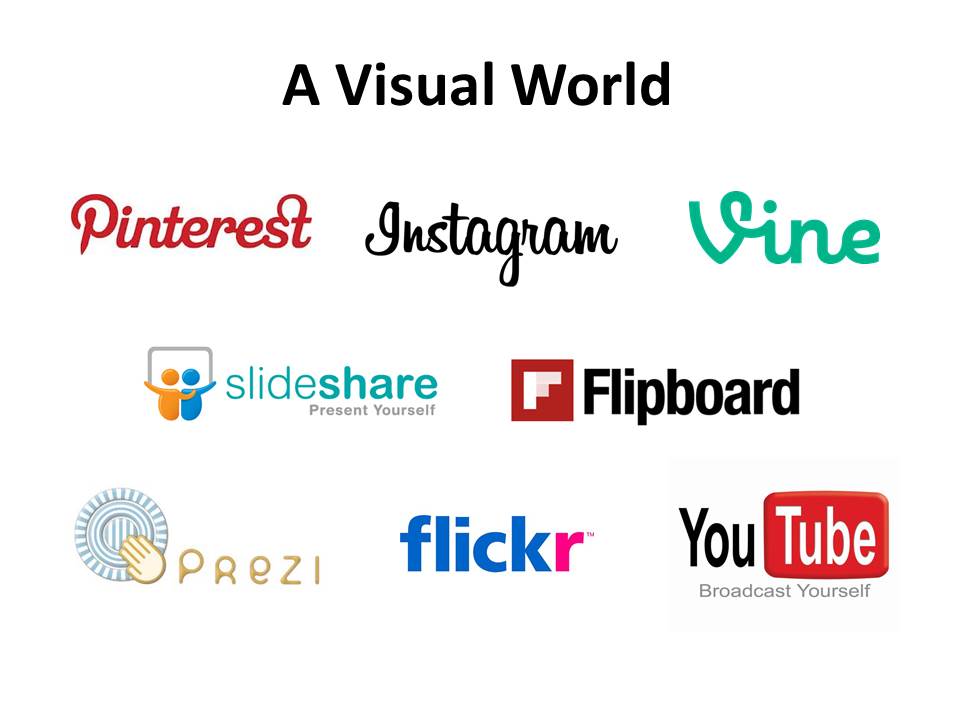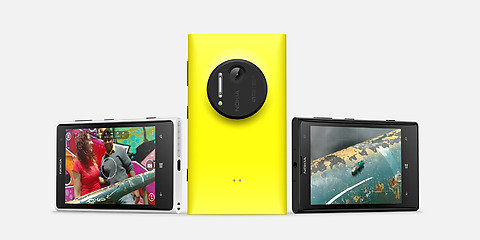We live in the age of Pinterest, of Instagram, of Snapchat and of Vine. Nearly every post on Facebook now contains a photo. And there are thousands of followers on Twitter uploading images on trending topics. Nearly all hyperlinked content, whether displayed in mobile apps like Flipboard or in a newstream on Google+ display images pulled from RSS feeds. Consumers are walking around with 41MegaPixel cameras and 1080p HD video cameras on their phones. More and more people are shelling out the extra few hundred dollars to get the MacBook with the Retina Display.
To stand out from the noise these days, you need not only an attention-grabbing headline, but also an eye-catching visual. Readers can infer a lot about the content behind a link from the associated photo. Remember the old saying that a picture is word one thousand words.
So how can you ensure your content is visually compelling? One approach would be to license lots of stock photography. But stock photos are an expensive model. Not only do you need to pay royalties to acquire the images, but you need to devote a full time person to track the usage and expiration dates.
The real challenge with stock photos (in my opinion) is that they are very impersonal. Everyday users are becoming more and more adept at spotting those generic photos of the deliberately diverse group of people that don’t look anything like the co-workers in the cubes next to you. To stand out from the crowd you need visuals that are not only compelling, but unique. You need visuals that express the personality of your brand and its employees. You need a visual content factory!
Nokia Lumia 1020 Smartphone – Made for Photography
What is a visual content factory? You may already be familiar with the concept of a content factory. These virtual organizations are tasked with producing a regular stream of blogs, white papers, podcasts, videos, webinars and research studies to drive demand generation programs. The visual content factory is an extension of this organization that focuses on creating illustrations and imagery to accompany (and differentiate) your content.











